Wool is a comfortable, soft, high-end natural material, and wool carpets can add atmosphere and sophistication to home decor, making them a top choice for many families. But cleaning a wool carpet? It can be quite troublesome or needs extra attention because this natural material may be more easily damaged than some synthetic materials if not properly cared for. But can we just let it be? That might have just left it to gather dust and bacteria.
Let's take a look at 4 vacuuming methods for wool carpets.

Why Cleaning a Wool Rug is Necessary
Your wool rug is just like a natural air filter for your home. Because its long and soft fibers are like experts trapping dust, pollen, and allergens, keeping them out of the air you breathe. The U.S. Environmental Protection Agency (EPA) notes that carpets can hold a large amount of indoor pollutants.
In one word, the wool carpet can "absorb" the dirt from the air, and at the same time, become really dirty itself.
But my rug looks quite new, should I still clean it? The answer is yes.
While it still looks very new outside, deep inside, sharp particles of grit and sand settle into the rug's foundation. Every time you walk on it, this hidden grit grinds against the delicate wool fibers like sandpaper. This may cause your rug to wear out prematurely. So you need a truly deep clean with the right method and right vacuum, that removes the damaging particles, keeping your rug strong and beautiful from the inside out.
How to Vacuum Wool Carpets and Rugs
You can absolutely vacuum your wool carpets. Vacuuming can remove hidden dirt without damaging your rug, and this helps it last longer. The right method depends on how workers made your rug was made, but once you know your rug type, you can clean it safely. Here's how to care for the most common types.

1. Thick Woven Wool Rugs(Medium Pile)
Thick woven rugs include many Persian and Oriental styles, and workers tie wool fibers tightly onto a strong base. This creates a dense, soft surface, but it also creates a hidden problem.
This thick pile traps sharp dirt deep inside, and this hidden dirt slowly damages your rug from within. Weak vacuums can't reach this deep dirt, so your rug keeps getting damaged even though it looks clean on top.
Safe Steps to Clean:
- Step 1: Set Up Your Equipment: You need powerful suction without harsh brushes. The Dreame H15 Pro CarpetFlex works perfectly because it switches to carpet mode automatically. Just attach the carpet brush and you're ready.
- Step 2: Activate Smart Detection: Turn on the machine. The RGB sensor finds hidden dirt for you. It boosts power to 23,000Pa when needed. You don't need to guess where to clean deeper.
- Step 3: Start Cleaning: Move slowly across your rug. Make overlapping passes. The TangleCut™ 2.0 cuts hair automatically as you clean. This prevents tangles that could damage wool fibers.
- Step 4: Let Technology Work: The dual-brush adjusts power automatically. It gives consistent results. Your valuable wool stays protected from harsh brushing.
This gives you complete confidence that harmful dirt is gone, while protecting your rug's delicate fibers.

2. Thin Woven Rugs (Flat-Weave)
Flat-weave rugs like Kilims (traditional Middle Eastern rugs) and Soumaks (decorative flat rugs) have no thick pile, but they have a unique structure. The colored threads you see make up the actual rug structure, and this means every thread is important.
The threads that hold the rug together sit on the surface, so spinning brushes can catch and pull these delicate threads. This permanently damages the beautiful pattern, and you can't fix this kind of damage.
Safe Steps to Clean
Compared to thick woven rugs, these delicate rugs need a much gentler approach, but you can still get excellent results.
Follow these steps:
- Prepare a small handheld tool or a furniture attachment
- Set your vacuum to low power
- Move gently across the width of the rug, but don't rush the process

3. Tufted Wool Rugs
Unlike woven rugs, tufted rugs are made by inserting wool fibers into a backing and using glue to hold them in place.
This glue-based construction creates unique challenges. Since glue holds the fibers instead of knots, fibers pull out much more easily. Spinning brushes will yank these fibers out, causing excessive shedding. Over time, this damages the glue backing and makes your rug look thin and worn.
Safe Steps to Clean
You must avoid the spinning brush, but you can still clean effectively with suction alone.
- Turn OFF the spinning brush - This step matters most, because the brush will pull out fibers
- Use suction only - Let air flow lift dust and dirt, while protecting the glued fibers
- Use simple tools - If you can't turn off the brush, switch to the handheld furniture attachment instead
This gentle approach helps your rug keep its thick pile and last much longer, while avoiding costly damage.

4. Shag Wool Rugs
Shag rugs have extra-long, loose fibers, and this creates two serious problems that regular vacuums can't handle.
- Problem 1: Long fibers get caught in spinning brushes and pull out entire clumps, while the brush keeps spinning and causes more damage.
- Problem 2: Dirt falls so deeply that regular vacuums can't reach it, but the dirt stays there and slowly damages the rug fibers.
Safe Steps to Clean
You need a different approach, but this method works better than any vacuum alone.
- Clean Outside: Take your rug outside and beat the back of the rug to shake out deep dirt. This works best to remove heavy dirt, and it's the only way to reach dirt that's deep in the pile.
- Gentle Surface Clean: Use your vacuum's hose or simple nozzle attachment, and clean carefully between the fiber rows. You don't need a brush because the suction does the work, while keeping your shag rug clean and fluffy without damage.
Wool Rug Cleaning at a Glance
| Rug Type | Key Challenge | ✅ Recommended Tool | ❌ Never Use |
|---|---|---|---|
| Woven (Medium Pile) | Hides deep, damaging grit | Smart Carpet Cleaner (Suction-focused) | Weak, surface-level vacuums |
| Woven (Flat-Weave) | Delicate, exposed threads | Upholstery / Hand Tool | Any spinning brush or floor head |
| Tufted | Fibers pull out easily | Suction-Only Mode or Upholstery Tool | An active beater bar |
| Shag | Long fibers will tangle | Hose / Nozzle Attachment | Any spinning brush or floor head |
Post-Cleaning Care: Don't Forget Your Tool
Lifting all that dirt from your wool rug is a great feeling, but the job isn't quite done. A dirty tool can spread old dust, germs, and odors right back into your home. To get a truly fresh clean, you need to make sure your vacuum is clean, too. This usually means:
- Wiping down the brush head.
- Cutting away tangled hair.
- Emptying the dustbin and washing filters.
This can be a messy and unpleasant chore. With the Dreame H15 Pro CarpetFlex, you can skip this process entirely. After you finish cleaning, it automatically washes its roller brush with hot water and dries it with hot air. This helps you keep your home and your tools fresh and clean, without any extra work.

The Final Word on Wool Rug Care
Protecting your wool rug is all about using the right technique for the right rug. Remember that gentle, frequent cleaning with powerful suction is much safer and more effective than harsh, infrequent brushing. By understanding how your rug is made, you can easily choose a cleaning method that keeps it beautiful for years to come.
Ready to give your wool carpet the care it deserves? Explore a smarter cleaning solution with Dreame today.
FAQs
Q1. How often should I vacuum my wool rug?
This depends on how much foot traffic it gets. For busy areas, a light vacuuming once or twice a week is a good idea. Try to do a deeper clean every one to two weeks.
Q2. Is it normal for a new wool rug to shed?
Yes, a little bit of "fluff" coming off a new wool rug is completely normal. However, if it keeps shedding heavily after a few months, it might be a sign that your vacuuming method is too aggressive.
Q3. Can I use a vacuum with a spinning brush on my wool rug?
It's best to avoid it. Never use a spinning brush on delicate rugs like tufted, shag, or flat-weaves. For a very sturdy woven rug, you might be able to, but only if you can set the brush to a very high setting so it barely touches the fibers. When in doubt, turn it off.
Q4. What's the best way to handle pet hair on a wool rug?
Regular vacuuming is the best solution. To make it easier, you can use a tool designed to handle hair without clogging. Powerful suction will lift the hair out, while an anti-tangle feature keeps the roller clean.















































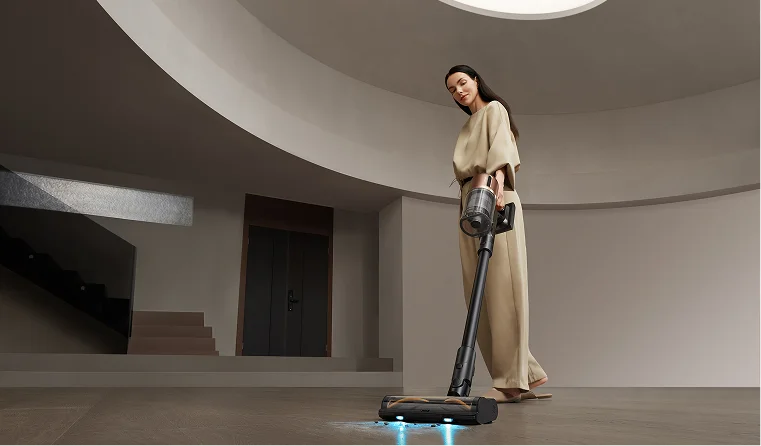
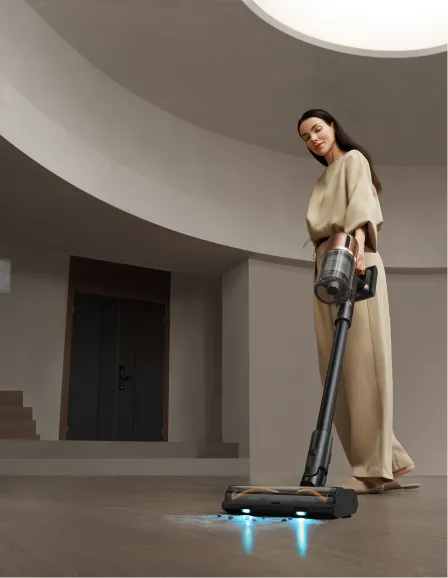

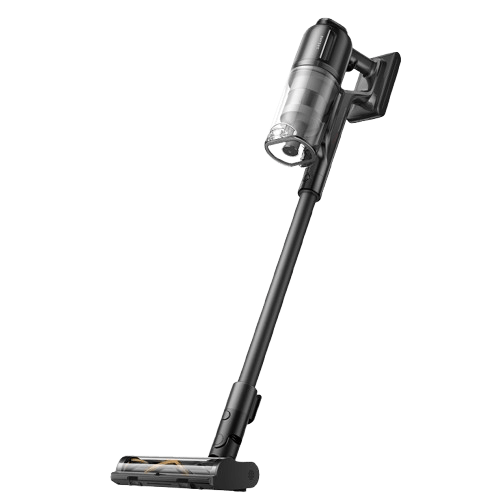

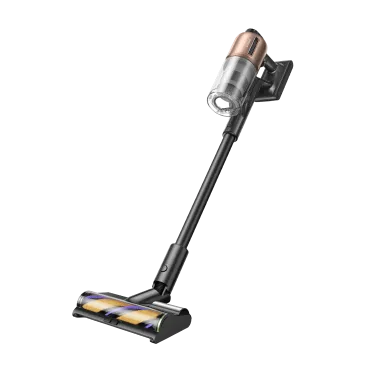
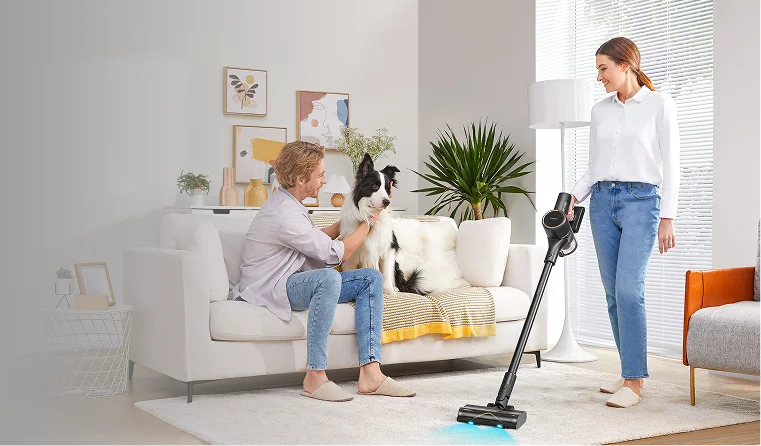
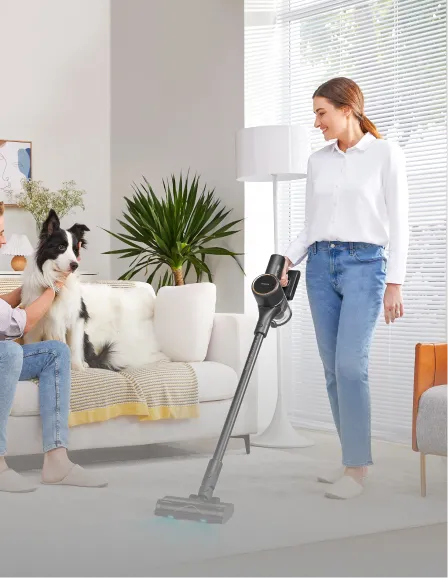
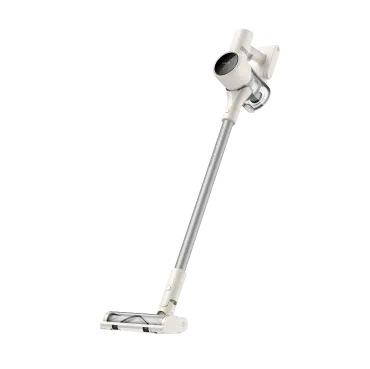
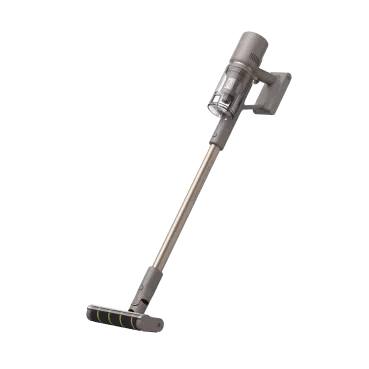
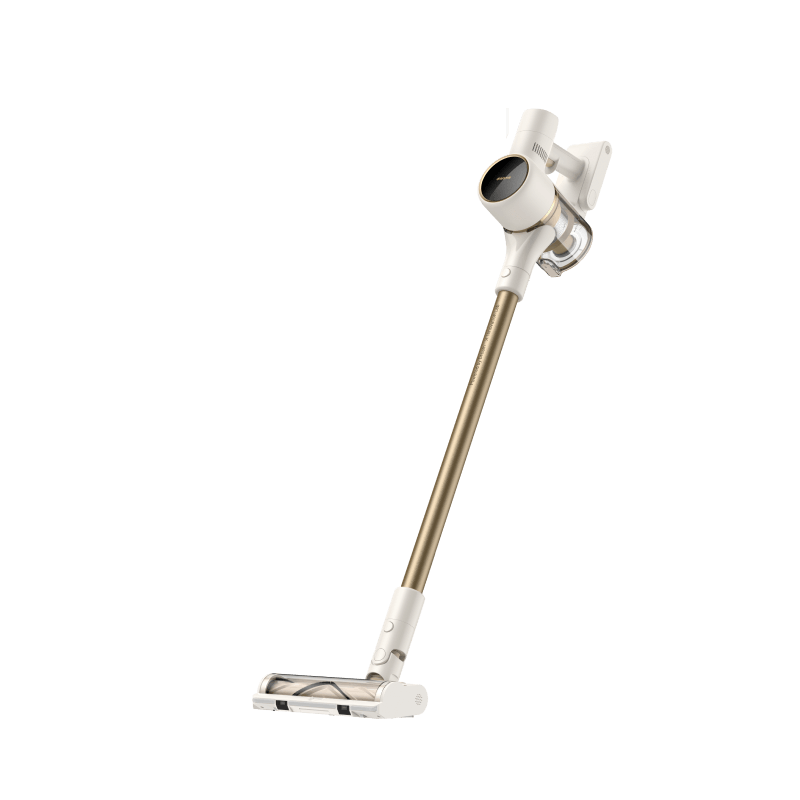
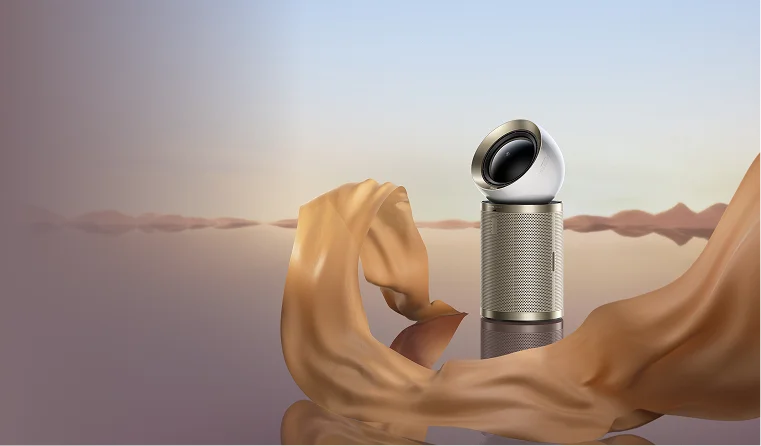
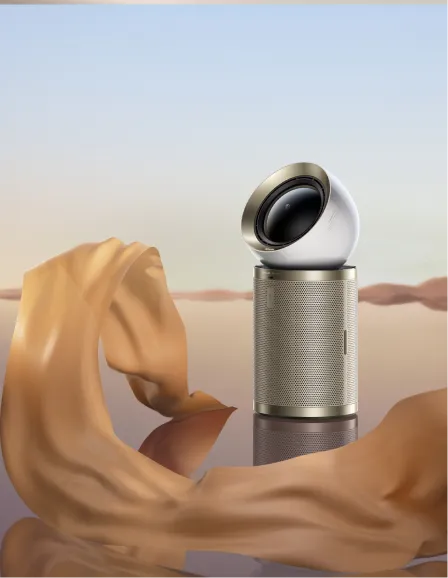

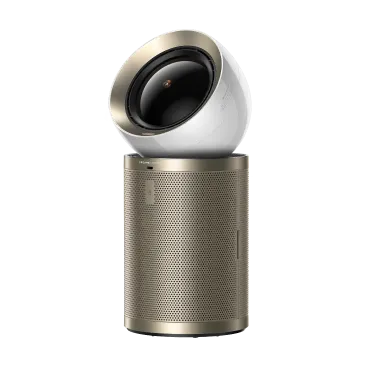

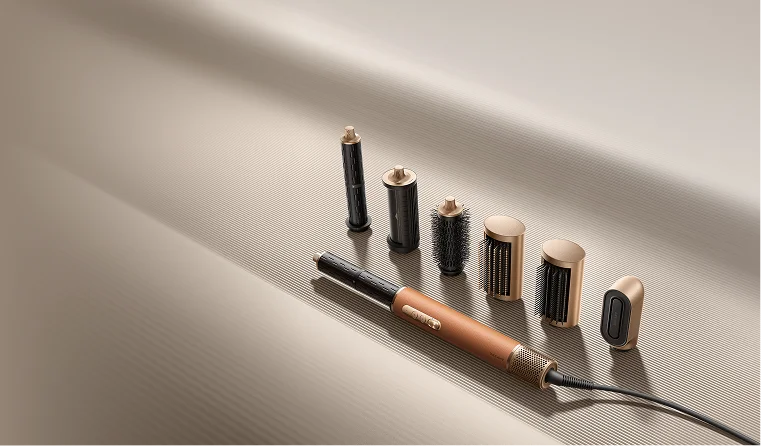
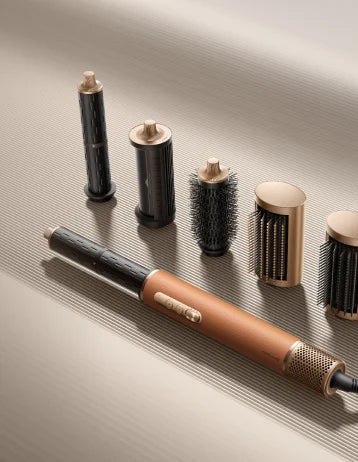
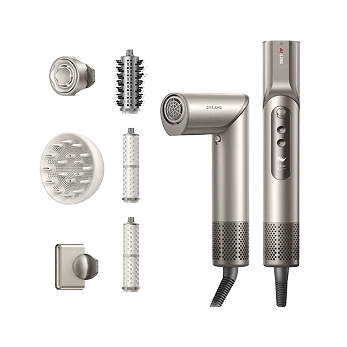
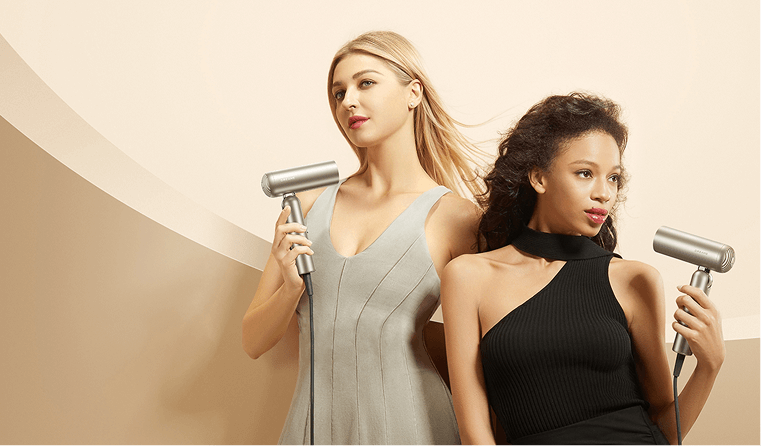
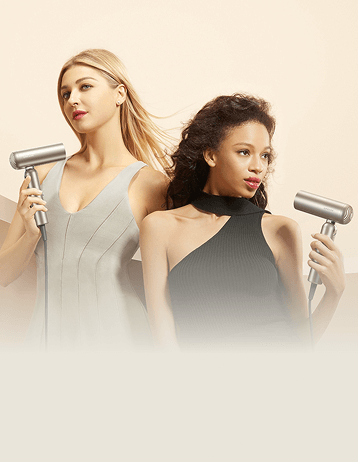
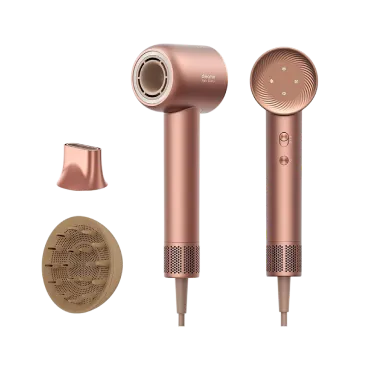
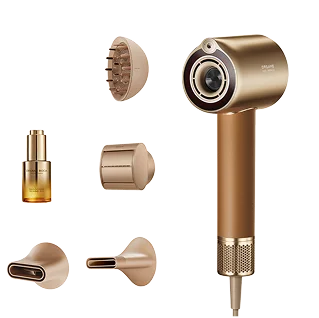




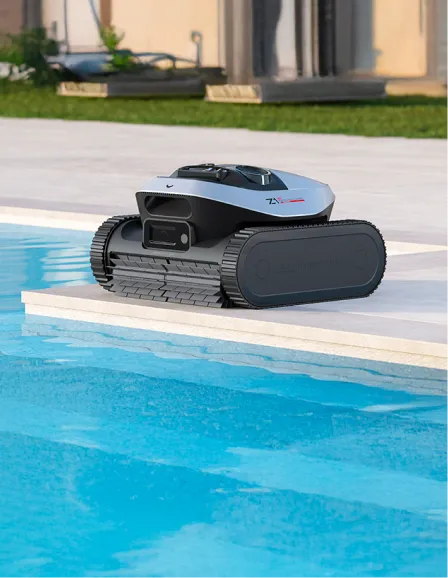
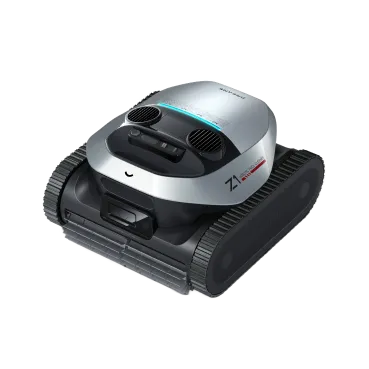












 Australia
Australia 中国大陆
中国大陆 日本
日本


 Türkiye
Türkiye


 Italia
Italia
 Netherlands
Netherlands Belgium
Belgium
 Greece
Greece Polska
Polska
 Norway
Norway
 Sweden
Sweden
 Finland
Finland
 Denmark
Denmark
 Hungary
Hungary Czechia
Czechia
 Slovenia
Slovenia
 Croatia
Croatia
 Switzerland
Switzerland United Kingdom
United Kingdom
 Canada
Canada

